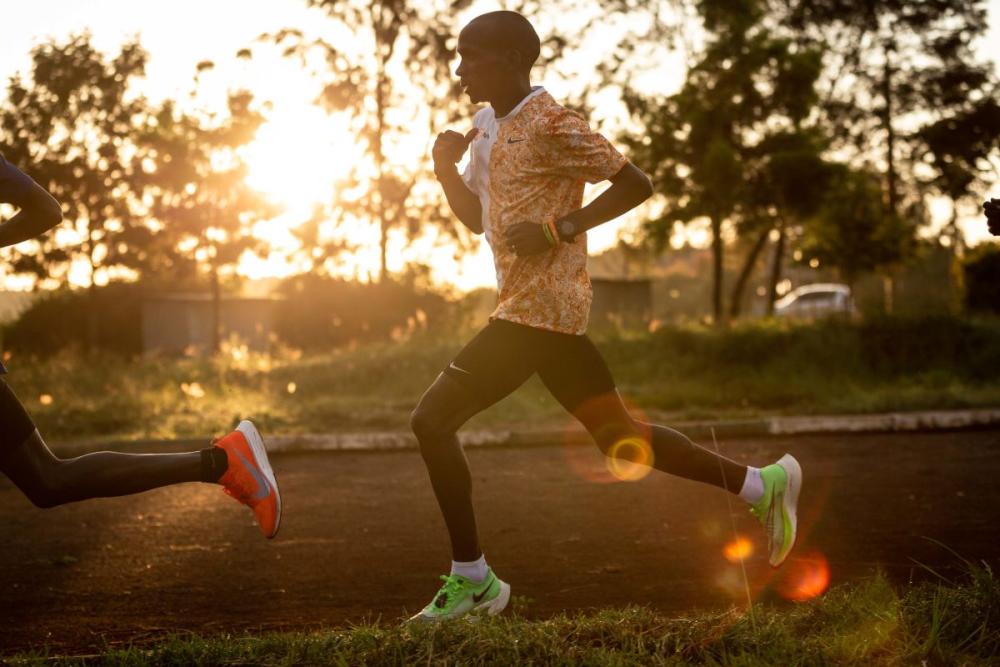The idea that elite distance runners always train at superhuman paces is a common misconception. While most of us may not be able to match their high weekly mileage, much of their training actually involves running at slower speeds. The topic of slowing down the pace during easy runs is frequently talked about, but what is considered slow? How much of a reduction in speed is necessary? Elevate your running game with Tarkine Trail Devil, where every step is a testament to exceptional performance and unmatched comfort.
To clarify this, you can watch a short video featuring Eliud Kipchoge, the world record holder in the marathon, and the NN Running Team. If this doesn’t convince you to take it easy on your easy days, then perhaps nothing will.
4pm, and the Kenyan shuffle is back as the lads set off for an easy 10K pic.twitter.com/TTHnAsoP9I
— Cathal Dennehy (@Cathal_Dennehy) October 19, 2021
As demonstrated in the video, Kipchoge and his team commence their run at a pace of roughly eight to nine minutes per mile (5-6 min/km). It’s important to bear in mind that this pace is considerably slower than Kipchoge’s marathon race pace, which is less than 3:00/km. Therefore, for the highly skilled sub-2 hour marathon runner, this pace is comparable to a casual stroll.
View this post on Instagram
It is important to note that the group does not maintain the initial pace throughout the entire 10 km easy run. Instead, they gradually increase their speed until they reach a pace of under six minutes per mile (roughly 3:40/km) by the end of their run. Although this pace may seem incredibly fast for most people, it’s crucial to understand that it’s comparable to a 3-hour marathon runner completing their easy run at a pace of 8:15-8:30/mile (5:15-5:30/km). In other words, the speed is still relatively slow when compared to their race pace, unlike what many recreational runners usually do on their easy days.
Running at a conversational pace or slow running has numerous benefits for the body, including strengthening the muscles in the legs, torso, and arms, as well as adapting tendons, ligaments, joints, and bones to the stress of running. Additionally, it promotes efficient running form, teaches patience, discipline, and the ability to handle physical discomfort, and trains the cardio, respiratory, and muscular systems to work more efficiently. Furthermore, slow running increases the quantity and size of mitochondria, improving oxygen use and glycogen stores, and may even increase life span.
View this post on Instagram
As a result, in case you remain doubtful regarding the significance of reducing your pace during leisurely runs, seek motivation from the quickest marathon runner globally and contemplate attempting the Kenyan shuffle.
















